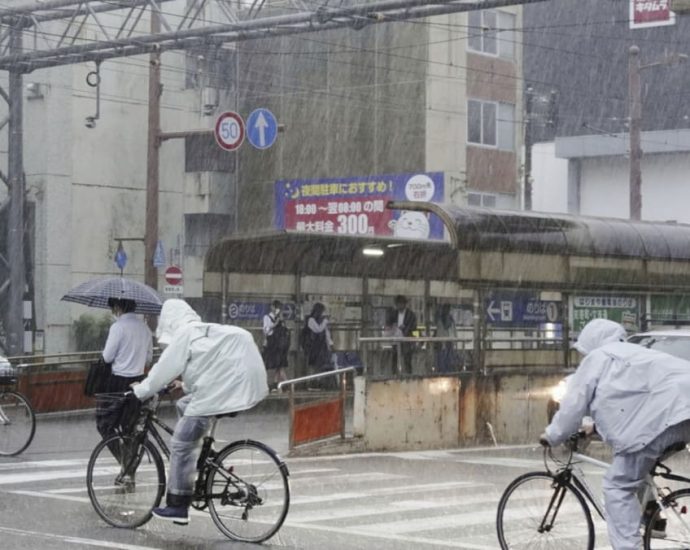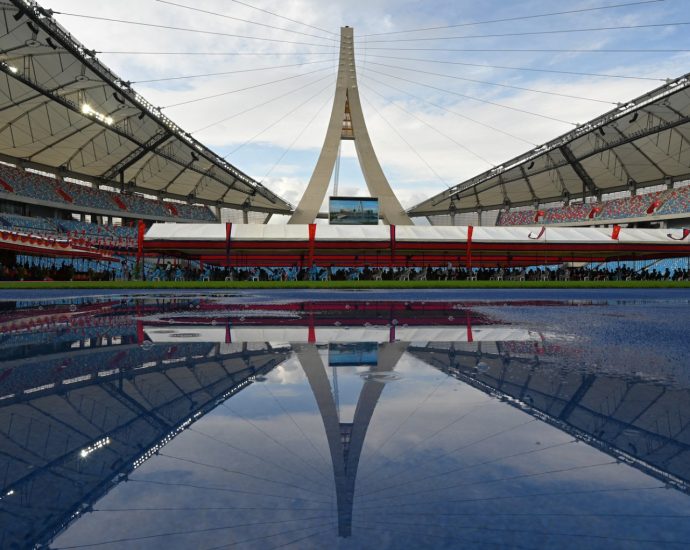Accenture: Generative AI to usher in a bold new future for business, merging physical and digital worldsÂ
99% agree that emerging tech Investments will ensure organizational resilience
98% state that generative AI pivotal in organisations’ strategies in 3-5 Years
New research from Accenture finds that generative AI and other rapidly evolving technologies are ushering in a bold new future for business as physical and digital worlds become inextricably linked.
In a…Continue Reading


















